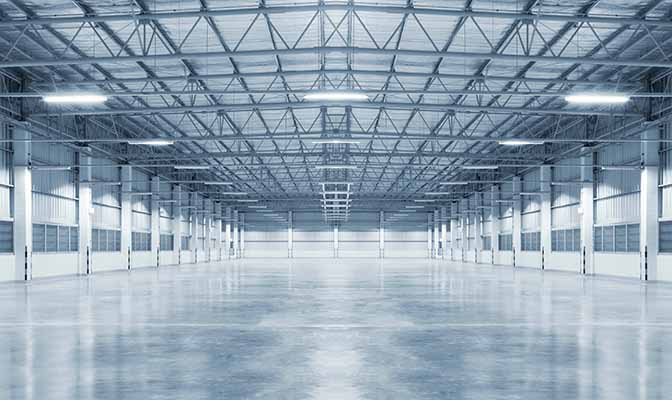More news
- Nigeria’s paint industry navigates regulatory changes and economic challenges amid p...
- Focus on the global coatings market: Global coatings market outlook
- Ask Joe Powder – October 2024
- Chinese paint majors look to domestic consumer sales as commercial real estate slumps
- Architectural coatings in Nepal and Bhutan

Why use concrete waterproofing?
Sealers, waterproofing membranes and other moisture barrier coatings are a common part of concrete maintenance and repair. Their chief purpose is to block or seal the surface so that moisture, chlorides and carbonation cannot seep into concrete pores. This slows down the deterioration process and helps the concrete last longer. Common places to find epoxy or urethane coatings, methyl methacrylate sealers, or other waterproofing membranes on concrete are parking ramps and industrial buildings—especially those in the chemical processing industry.
What are the benefits of SACIs?
Treating concrete with SACIs before applying a coating, sealer, or traffic membrane adds an additional level of corrosion protection. MCI®-2020 contains the highest corrosion inhibitor concentration among SACIs on the market and is therefore the most efficient choice for this application. Migrating Corrosion Inhibitors in MCI®-2020 penetrate concrete pores and are attracted to metal surfaces to form a molecular layer that actively inhibits the corrosion reaction. This second line of defense is especially important if the physical barrier or coating fails, allowing water and corrosives to seep in and be trapped on the concrete surface. The presence of SACIs in the concrete can help mitigate the corrosion reaction.
How to ensure proper adhesion
While both sealers and SACIs can play a role in concrete protection, there is sometimes a concern for adhesion between layers when applying multiple products to a concrete substrate. If adhesion fails, the effectiveness of the applied system is jeopardised, leaving concrete exposed to water and other contaminants. Fortunately, the solution is as simple as proper application. Waiting 24 hours after applying MCI®-2020 gives more time for the corrosion inhibitors to work their way into the concrete pores, away from the surface. Subsequent rinsing with water removes any residual and leaves behind a clean surface for coating or waterproofing application. Testing according to ASTM D7234 has confirmed the compatibility of several traffic coatings and membranes with MCI®-2020, and in some cases, a water rinse was not needed to maintain adhesion.
Get the Most Out of Your Surface Applied System
Application of water repellents, coatings, and waterproofing membranes will remain a common practice as long as parking garages and other concrete structures remain vulnerable to corrosion. Using MCI® SACIs is a great way to enhance routine maintenance or repairs by fortifying the concrete with Migrating Corrosion Inhibitors. Simple steps such as rinsing the surface prior to waterproofing application helps contractors and building owners get the most out of their dual water-repelling corrosion inhibiting system to extend concrete service life. Contact Cortec® MCI® for more advice on choosing your next concrete surface treatment for best results.







